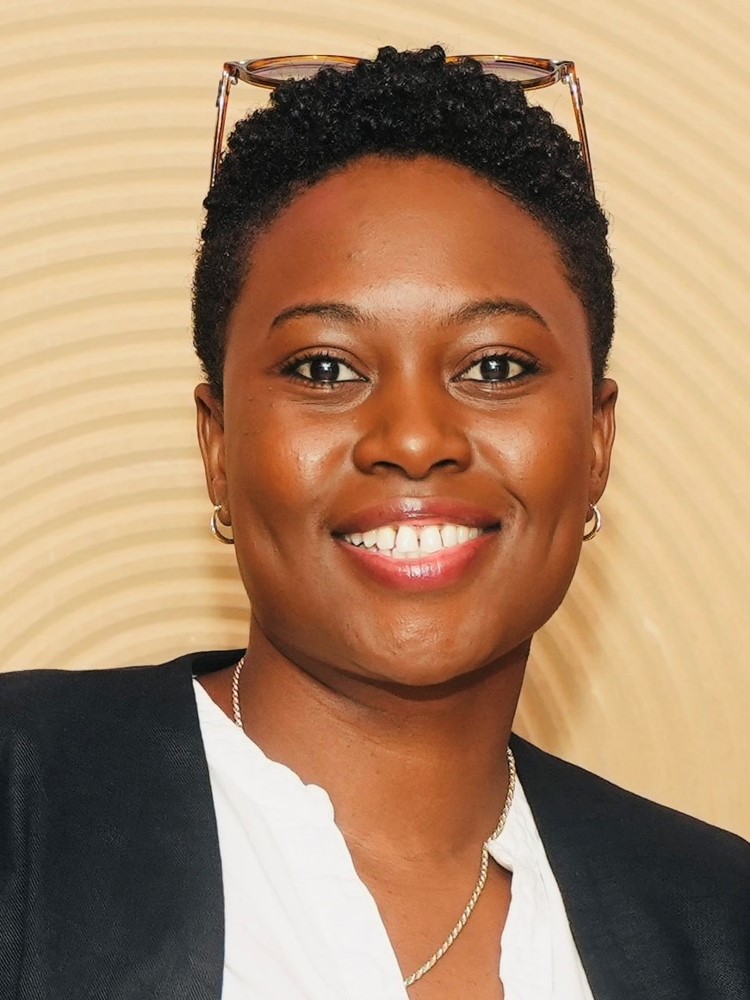When you are a Black child in Africa, often the narrative is that our dreams are not valid. However, I am a Zambian who was born and raised on the Continent and was exposed to a multitude of experiences ranging from extreme poverty to traveling to several countries before I turned ten, while also being fortunate enough to play with school friends who came from all over the world. These experiences were critical to instilling confidence in me that my dreams were indeed valid and – even though it is perceived that the Western world and global north holds all the power and resources – what we as Africans had was in fact enough to be happy. However, when I moved to America, those common perceptions started to feel very real, while the dreams seemed nearly impossible.
